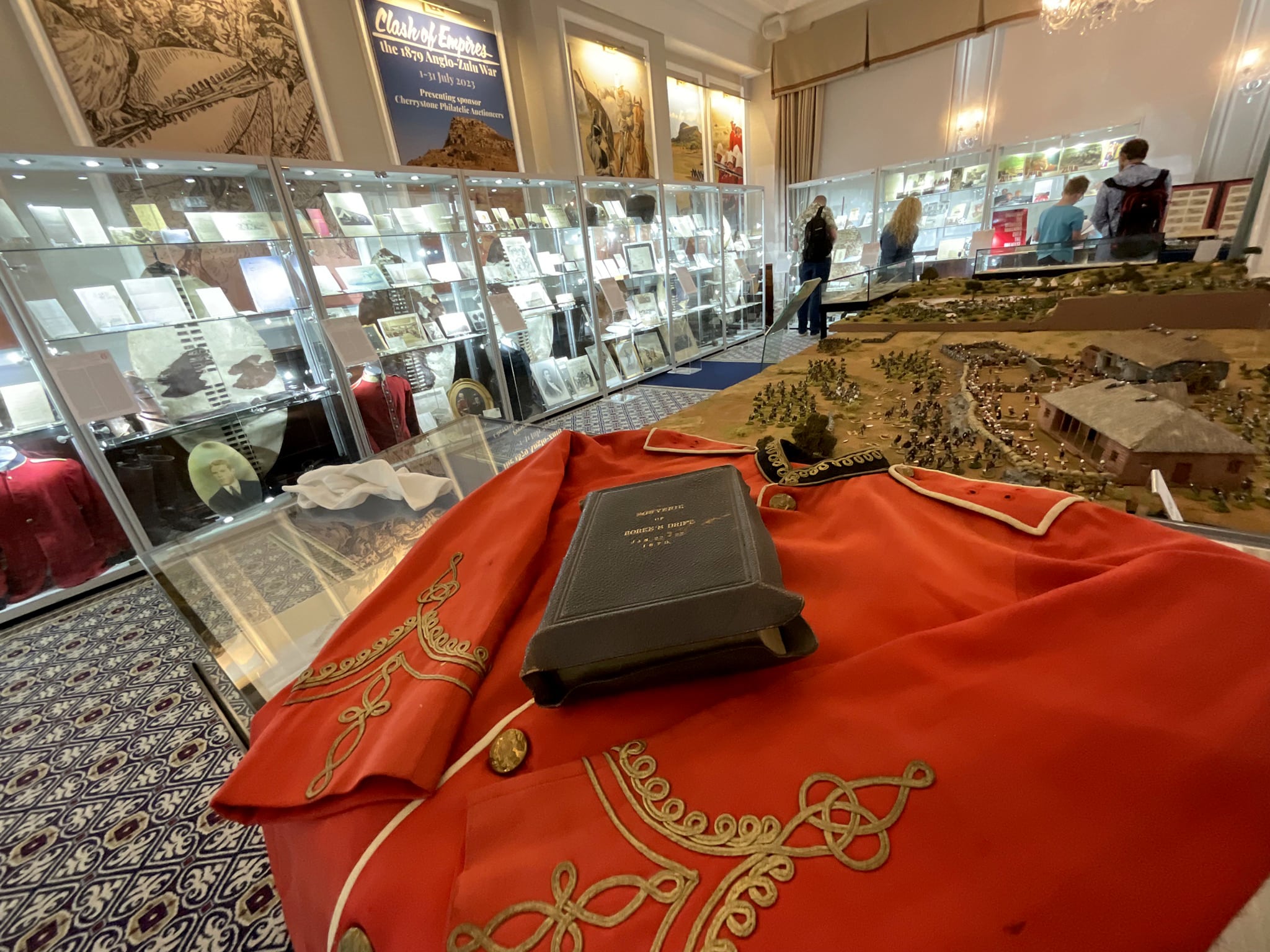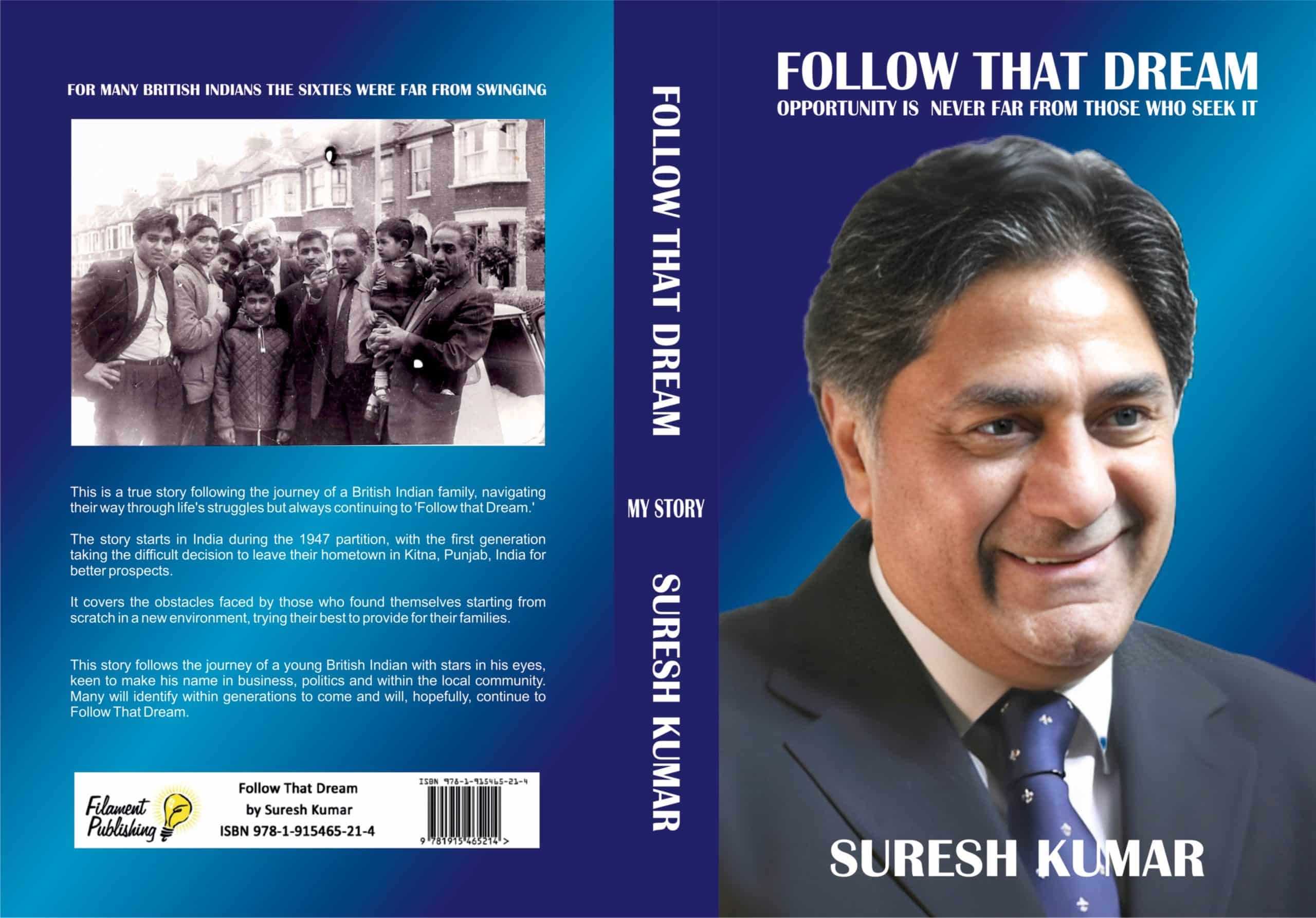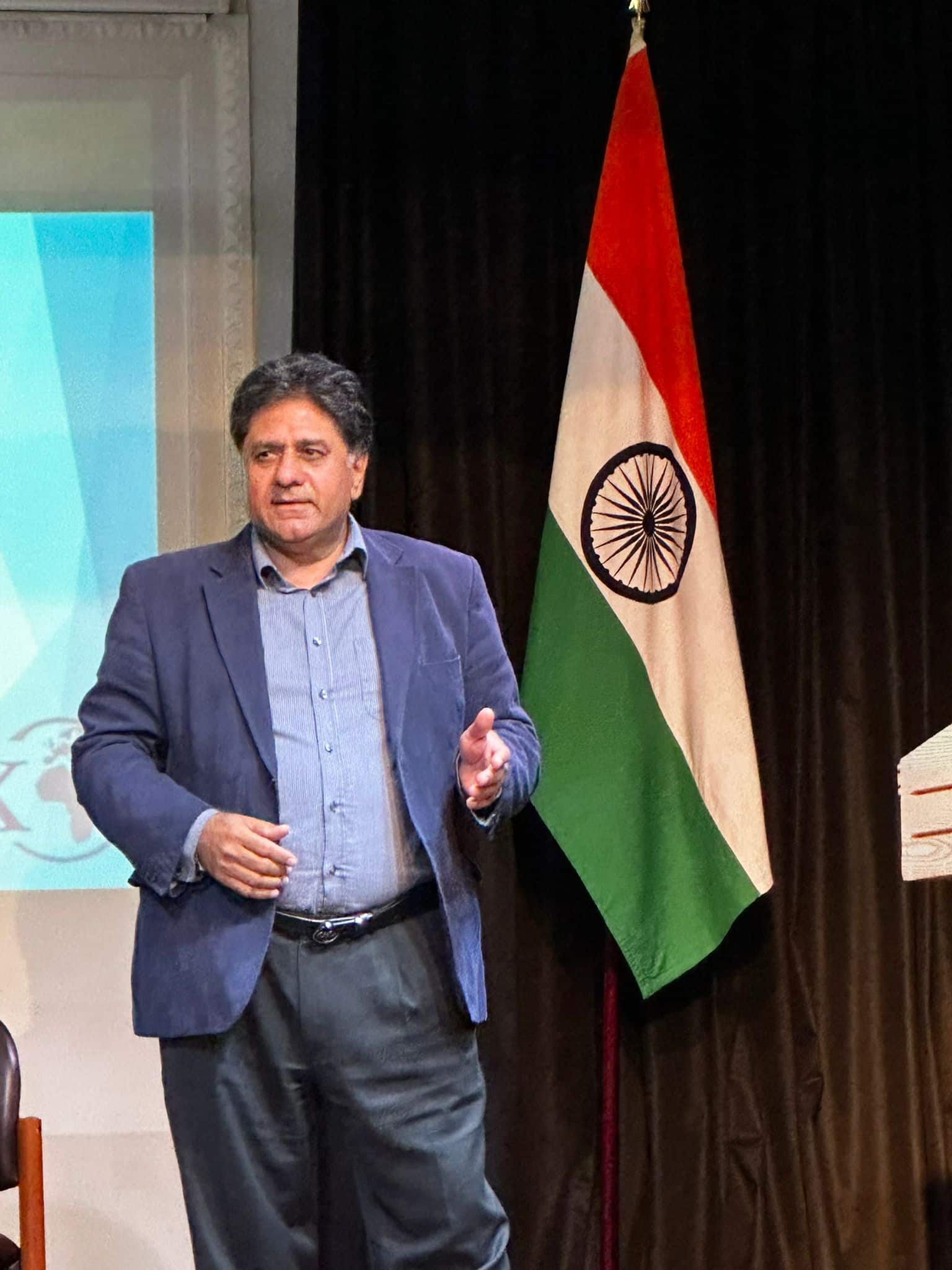The summer museum exhibition organised by the Royal Philatelic Society London has commenced, showcasing over 550 historical relics associated with the Anglo-Zulu War.
Among the remarkable items on display are original autographs from Zulu King Cetshwayo, the largest collection of authentic Zulu war shields, period red coats and helmets, as well as artifacts from the Battles of iSandlwana and Rorke’s Drift, which inspired the iconic films Zulu and Zulu Dawn.
Located at 15 Abchurch Lane, London, EC4N 7BW, the Royal Philatelic Society London, a registered charity and an accredited museum by Arts Council England (ACE), is hosting this month-long event. Visitors can attend the exhibition from 1st to 31st July 2023, Monday to Saturday, between 9:30 am and 4:30 pm.
Admission to the exhibition is free; however, prospective attendees are encouraged to book their visit at clashofempires.org.
Prince Mangosuthu Buthelezi, Traditional Prime Minister to the Zulu Monarch and Nation, remarked, “One hundred and forty-four years ago, on the fertile soil of the Zulu Kingdom, Her Britannic Majesty Queen Victoria’s courageous soldiers clashed with the warriors led by King Cetshwayo kaMpande. It was truly an encounter of empires, as the nation forged by King Shaka kaSenzangakhona proved far more formidable than anyone in British society or the military had ever anticipated.”
On 11th January 1879, the British and Colonial forces launched an invasion into the Zulu Kingdom, igniting one of the most renowned conflicts of the Victorian era. The Battle of Rorke’s Drift, alone, which became the subject of the 1964 film Zulu, starring Sir Michael Caine, witnessed the defenders of a border mission post being awarded an astonishing eleven Victoria Crosses for their heroic stand against the overwhelming Zulu assault.
Throughout this month, the Royal Philatelic Society London presents a public exhibition featuring postal, historical, and cultural artifacts that delve into the context, history, and enduring legacy of this epic Clash of Empires.
The exhibition’s narrative begins in the early 19th century, chronicling the rise of King Shaka kaSenzangakhona and the emergence of the Zulu Kingdom, ultimately highlighting the events of the 1879 Anglo-Zulu War. The exploration extends to the present day, examining the war’s lasting impact 140 years after its commencement. The collection encompasses a soldier’s kit sent to his family following his death at the Battle of Rorke’s Drift, letters penned by Lieutenants Chard and Bromhead, the two senior British officers at the battle, and a spectacular array of Zulu shields carried by warriors defending their homeland against the British invasion in 1879.
The exhibition offers an unparalleled opportunity to witness the intertwined narratives of this “riveting historical episode,” as aptly described by Ian Knight, through the presentation of hundreds of artifacts that represent both the British and Zulu perspectives.
Prince Buthelezi acknowledges the significance of the Anglo-Zulu War and its lasting impact on future generations. He expressed, “As you contemplate the artifacts and original letters in this collection, I hope you will experience the drama, tragedy, valor, and dignity of this shared history.”
This unique exhibition, which Prince Buthelezi describes as a “portal to the past,” provides an immersive experience where visitors can delve into the Anglo-Zulu War through an extensive display of over 550 historical relics, offering insights into the intertwined histories of these two nations, with a particular focus on the Battles of Isandlwana and Rorke’s Drift—the subjects of the acclaimed films Zulu (1964), starring Michael Caine, and Zulu Dawn (1979), starring Peter O’Toole.
At the heart of the exhibition, visitors will encounter awe-inspiring dioramas that meticulously recreate the battles of the Anglo-Zulu War, granting them a unique 360-degree view of these historical conflicts.
Renowned author and historian Ian Knight affirms, “Undoubtedly, this exhibition stands as the most momentous exploration of a single conflict of this nature in modern times, offering the broadest array of physical artifacts connected to the Anglo-Zulu War and engaging with the perspectives of both the British and the Zulu.”






